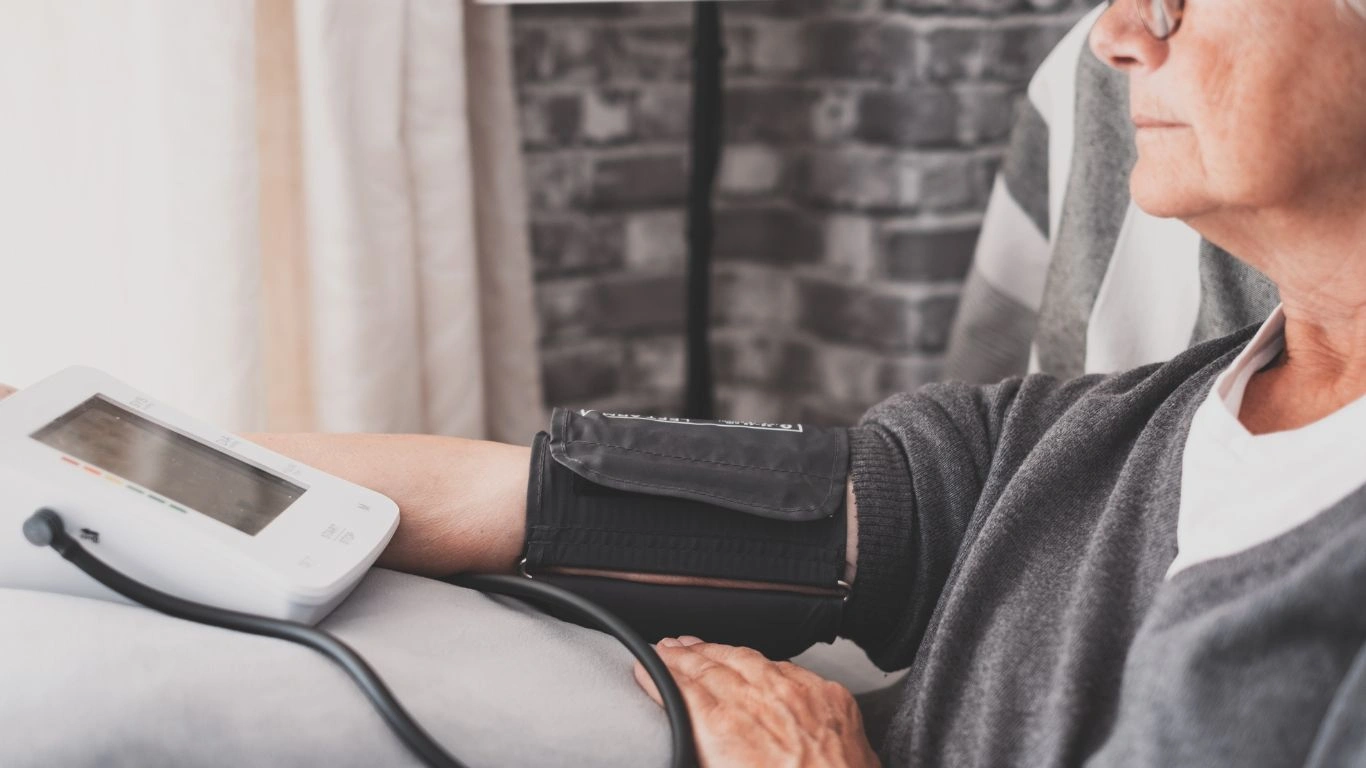How Posture Affects Blood Pressure Levels – A Complete Guide
Ever wondered how something as simple as your posture could affect your blood pressure? It might surprise you, but your body’s alignment can play a big role in your heart health and circulation. Let’s dive into how different postures impact your blood pressure and what you can do to keep it in check.
When we think about blood pressure, we often focus on diet, exercise, and stress levels, but posture plays a surprisingly big part too. From the way you sit at your desk to how you stand during the day, your posture can influence your heart’s workload and, by extension, your blood pressure. Let’s explore how exactly posture affects blood pressure and what you can do to improve it.

Understanding the Link Between Posture and Blood Pressure
Your blood pressure is determined by how much blood your heart pumps and the resistance of your arteries. When you’re in certain postures, your body has to work harder to maintain this balance, which can either increase or decrease your blood pressure.
For example, when you sit hunched over or slouch, the alignment of your spine and chest can compress the diaphragm, limiting your lung capacity and putting stress on the cardiovascular system. This means your heart has to work harder to pump blood, which can raise your blood pressure over time.
How Different Postures Affect Blood Pressure
Let’s break it down based on some common postures and how they can influence your blood pressure:
1. Sitting Posture
Your posture while sitting is critical, especially if you spend long hours at a desk. Sitting hunched over or slouched can compress your organs and make it harder for your heart to circulate blood efficiently. This can increase the strain on your heart and raise your blood pressure.

On the other hand, sitting with your back straight, shoulders relaxed, and feet flat on the floor helps maintain optimal blood flow, reducing unnecessary stress on the cardiovascular system.
2. Standing Posture
When you’re standing, especially for long periods, your veins and arteries have to work against gravity to pump blood from your lower body to your heart. If you’re standing with poor posture—like with your shoulders hunched forward or your weight shifted to one leg—it can create a misalignment in your body, causing an increase in blood pressure.
The best practice is to stand tall with your shoulders back, your chest open, and your weight distributed evenly between both legs. This helps your heart circulate blood more effectively, reducing stress on the body.
The Science Behind Posture and Blood Pressure
There’s a growing body of research that suggests poor posture contributes to elevated blood pressure levels. A study published in the American Journal of Physiology found that sitting with poor posture for extended periods can trigger the body’s fight-or-flight response, increasing stress hormones like cortisol and adrenaline. These hormones can elevate blood pressure, making it harder for the body to maintain healthy circulation.
Additionally, poor posture can lead to muscle imbalances and spinal misalignments that limit your body’s ability to pump blood efficiently. Over time, this can contribute to chronic high blood pressure (hypertension) and increase the risk of heart disease.

How to Improve Your Posture for Better Blood Pressure
So, how can you use posture to your advantage to help maintain healthy blood pressure levels? Here are some simple but effective strategies:
1. Be Mindful of Your Sitting Posture
To reduce the risk of high blood pressure from poor posture, focus on maintaining good alignment while sitting:
- Sit with your back straight and shoulders relaxed.
- Keep your feet flat on the floor (or use a footrest).
- Avoid slouching or leaning forward; try to keep your spine aligned.
- Take breaks regularly to stand or stretch if you sit for long periods.
2. Practice Proper Standing Posture
When you stand, it’s easy to slip into poor posture without realizing it. To help improve your posture:
- Stand tall with your shoulders back and chest open.
- Keep your head aligned with your spine, and avoid looking down for too long.
- Distribute your weight evenly on both legs, and avoid locking your knees.
- Use supportive footwear if standing for long periods.
3. Focus on Relaxing and Stretching
Stretching helps alleviate muscle tension, which can contribute to misalignment and increased blood pressure. Regular stretching, especially for the neck, shoulders, and back, can improve circulation and reduce stress.
Posture-Related Tips for Blood Pressure Control
Incorporating posture-related habits into your daily routine can complement other lifestyle changes to keep your blood pressure in check. Here are a few additional tips:
- Mind Your Breathing: Proper breathing helps lower stress and improve circulation. Practice deep breathing exercises to help relax your body and maintain a healthy heart rate.
- Stay Active: Regular physical activity can help improve posture and blood flow, which can naturally lower blood pressure.
- Weight Management: Maintaining a healthy weight takes stress off your heart and improves posture, which in turn helps reduce blood pressure.

Conclusion
Who knew that something as simple as your posture could have such a significant impact on your blood pressure? By being mindful of your sitting, standing, and lying down postures, you can help lower your blood pressure, reduce stress on your heart, and maintain overall cardiovascular health. So, remember: standing tall, sitting straight, and stretching regularly are more than just good habits—they’re good for your blood pressure!
Appendices
References
- American Heart Association. (2023). “Understanding Blood Pressure.”
Read More - National Institute of Neurological Disorders and Stroke. (2022). “The Importance of Posture in Overall Health.”
Read More - Healthline. (2024). “How Posture Impacts Your Health.”
Read More
FAQs
- Can bad posture really raise my blood pressure?
Yes, poor posture can put extra strain on your cardiovascular system, leading to increased blood pressure. - What is the best sitting posture for lowering blood pressure?
Sit with your back straight, shoulders relaxed, and feet flat on the floor. Avoid slouching or leaning forward. - How can standing posture affect my heart health?
Poor standing posture can misalign your body and increase strain on your heart. Stand tall with even weight distribution for better circulation. - Should I lie flat to lower my blood pressure?
Lying on your back with your body aligned is the best posture for lowering blood pressure. Avoid twisting or curling your body. - Can stretching improve my posture and blood pressure?
Yes, stretching regularly can alleviate tension, improve spinal alignment, and reduce the risk of high blood pressure.
Disclaimer: The information in this article is for educational purposes only. Consult your healthcare provider for personalized advice regarding posture and blood pressure management.

Dr. Gwenna Aazee is a board-certified Internal Medicine Physician with a special focus on hypertension management, chronic disease prevention, and patient education. With years of experience in both clinical practice and medical writing, she’s passionate about turning evidence-based medicine into accessible, actionable advice. Through her work at Healthusias.com, Dr. Aazee empowers readers to take charge of their health with confidence and clarity. Off the clock, she enjoys deep dives into nutrition research, long walks with her rescue pup, and simplifying medical jargon one article at a time.





